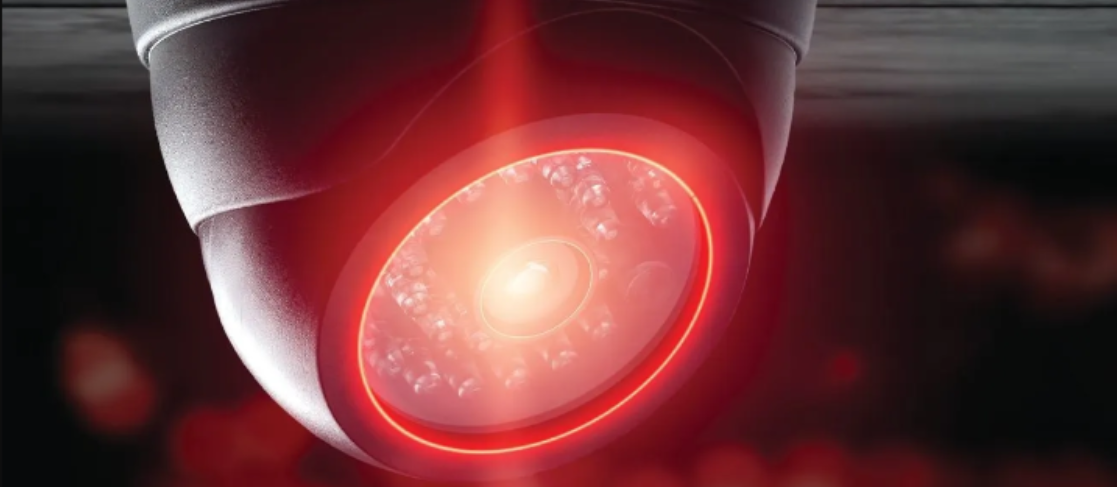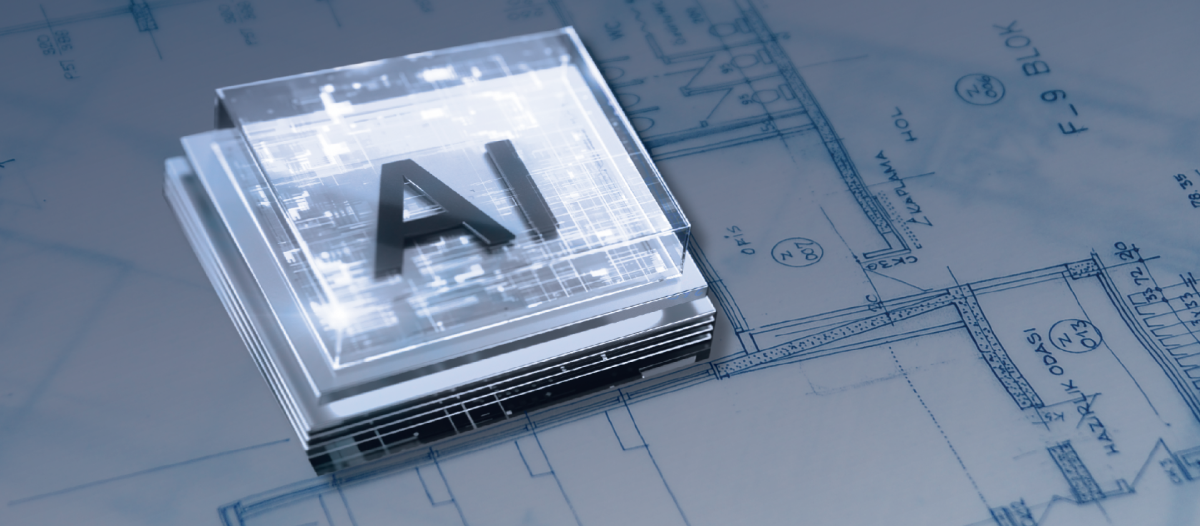A New Approach
Improving business continuity with alarm management

One struggle with this juggle is being inundated with hourly or daily alerts and alarms announcing issues or potential failures. To compound the challenge, it is often unclear who, if anyone has caught the ball to address the alarm.
This is called “alarm saturation leading to alarm fatigue.” In a recent industry survey conducted with computer-integrated manufacturing (CIM) facility managers, respondents said they receive an average of 12.5 alarms a day, with more than 50 percent of them receiving up to 30 alarms daily. Significantly, 76 percent of the survey’s respondents wanted to see improvements in alarm system management approaches.
Reactive alarm management does not work. Building management system (BMS) alarm notification is not enough. In the CIM survey, while two-thirds of FMs said they received alerts from their BMS, only one-third reacted to them. In essence, inaction leaves buildings vulnerable to truly critical and costly failures.

Get Critical: The who, what & how of building alarms
A more planful approach starts with thinking about alarm management as a building resiliency and business continuity process. Consider the value chain of keeping a critical space like a data center or server room at the right temperature and humidity level. Effective chiller management and control, analytics and monitoring, and quick response to critical issues ensure servers operate optimally, reduce reactive maintenance and eliminate customer complaints — and they might even earn you a thank you at the annual holiday party.
To get started, it is vital to differentiate between critical and non-critical alarms. Critical alarms are those that have the potential to cause the greatest upset to the value chain or cost to the business. Another critical and perhaps more tangible filter is, “What alarms do I want to be woken up at 2 a.m. on a holiday weekend to address?”
Alarm management is essentially fault detection. Fault detection without diagnostics is like workforce development without a job. To be effective, it is essential to notify the correct member of the team that there is an issue that needs to be diagnosed. This includes a clear escalation path that ensures timely remediation and considers that individuals may take vacation or are tied up with other priorities.
This does not need to be a manual process. Smart alarm management technology can automate alarm priorities; alert and escalate to the right people through text, email and phone; require acknowledgment and dashboard system performance in real time. These systems can even alert an outside service provider to dispatch a technician, when needed.
Maximize the benefits of alarm management
More than a simple notification system, alarm system management plays a central role in improving business continuity, resiliency and sustainability. In developing and implementing a more strategic and proactive approach to alarm system management, building managers and facility directors leverage smart technology to achieve the following benefits:
- Improve productivity: Alarm management will reduce the amount of time and frustration from responding (or ignoring) multiple alerts per day. Think employee productivity, satisfaction and retention benefits.
- Improve business continuity: Alarm management supports proactive and preventative maintenance so that building systems continue to operate without disruption or downtime. Incorporate alarm management into environmental, social, and governance (ESG) reports as a method for ensuring building efficiency and business resilience.
- Make better decisions: Smart technology that integrates with the existing das can capture and serve up actionable analytics about alarm patterns and business-critical systems. This performance data and dashboards can tell FMs which systems are performing best — daily, weekly, monthly, quarterly and annually.
Case study: Consumer products company strengthens building continuity after embracing critical alarm management
There are dozens of industries that depend on the reliability and performance of their facilities as part of the mission critical work they do. These buildings must stay operational 24 hours a day or critical infrastructure would fall apart. Data centers, healthcare and long-term care facilities, governmental offices, centers for telecommunications and utilities, transportation hubs, manufacturing plants, emergency services buildings such as police and fire stations and even financial services offices are all considered mission critical structures. Many of these industries must ensure their facilities adhere to strict requirements, standards and certifications that are established to make sure people who work in these environments are safe and that the products that are created there are too.
For instance, research and development labs and the buildings that house them must maintain rigorous environmental controls to safeguard the consistency and accuracy of their lab tests, ensure that expensive, complex lab equipment can operate reliably and comply with regulatory standards.
No one knows this better than the team of building engineers at a prominent consumer products company based in North America. The team’s purview was to work with their counterparts on the research and development team and the IT department to maintain round-the-clock uptime and develop a strong plan for fault detection and response.
This engineering team is responsible for the buildings at the company’s technology headquarters, where the company conducts research and development for future consumer products. The headquarters houses critical labs, small-batch manufacturing units and a data center that stores company data and technology assets.
In all these business-critical spaces, the temperature and humidity are essential to achieving successful outcomes. A system fault or downtown has the potential to destroy tests worth thousands of dollars, nullify weeks of the team’s lab time spent meticulously planning and executing product testing and trigger sanitation expenses up to US$50,000.
The building engineers were rooted in a culture of predictability, communication and maintenance. They were aware their BMSs were aging, and they knew they needed to do something about it. The engineers dedicated themselves to creating a critical alarm strategy that would alert them to the most essential faults in their building operating systems before those faults turned catastrophic.
Working alongside the R&D and IT teams, the building engineers identified 190 critical alarms that were vital to the lab and data center operations. High and low chilled water temperature alarms took precedence, given their direct impact on the company’s core processes. The engineers established an automated alarm notification process by adding critical alarm software to their existing BMSs. They used software to set up escalating notifications for system faults. The critical faults are communicated to each team member in the correct order. The software uses phone, email and text to distribute a notification, and it requires that each alarm be specifically acknowledged when received to deter inaction, the downfall of most critical alarm programs.
For more than five years, the team has continued its dedication to using proactive alarm management and scheduled maintenance regimens. As a result, building operations remain stable, and the company has protected itself against potential financial and operational pitfalls.
Make the transition to better alarm management
With a step-by-step approach, FMs and engineers can progress on a clear path to better alarm management without disruption. Here’s how:
- Understand the true bottom-line cost of the current alarm management approach.
- Identify and prioritize critical systems and alarms for each building in the portfolio.
- Identify the appropriate people to be notified for each critical alarm.
- Develop an escalation process to make sure alarms are quickly remediated.
- Review alarm analytics and dashboards continually to support ongoing improvements.
As commercial buildings adopt next-generation technologies to improve operations, efficiency and performance, alarm management should be included among those innovations. The benefits of embracing smart technology for alarm management go well beyond eliminating those 2 a.m. calls to making facility management a preventative practice that reduces risk.

Brad Freeman is senior vice president of operations at Albireo Energy, a leading independent building controls and energy services provider. He is responsible for growing and maturing the company’s field operations to ensure exceptional project management and customer satisfaction. During his 30-year career, Freeman has been instrumental in shaping the built environment, first as an independent business owner serving New York and now as a partner to building stakeholders in a variety of industries and sectors.
References
CIM Environmental Party Ltd., “Preventing BMS Alarm Fatigue for Improved Efficiency”, June 28, 2023
Read more on Operations & Maintenance and Risk Management
Explore All FMJ Topics








